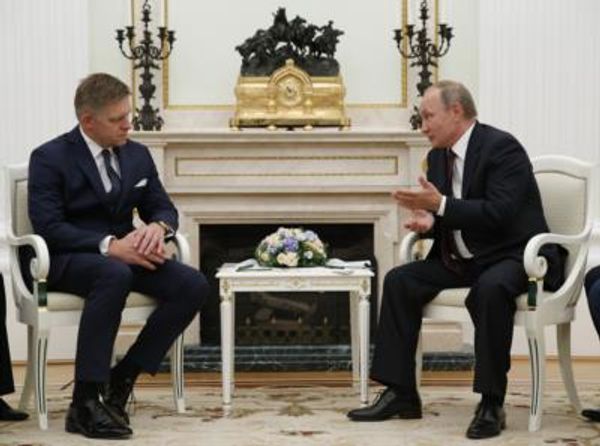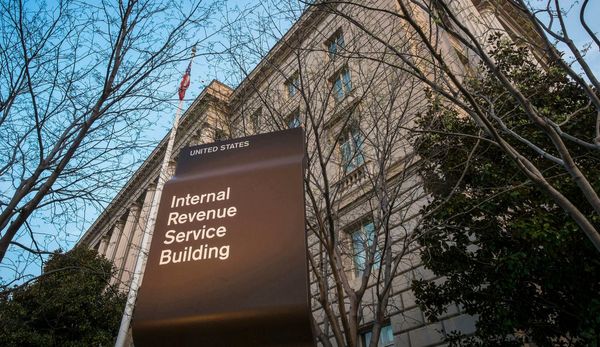
Haydenbird for iStockphoto; Canva
What Does Hawkish Mean in Finance?
The financial world has come to associate the hawk with aggressive monetary policy that favors higher interest rates in order to curb inflation. A hawkish Federal Reserve makes policy decisions that strive to reduce rising prices, maintain healthy levels of employment, and thus avoid recession.
When a hawk has something in its sightline, it appears to focus solely on its prey; to extend the metaphor, some pundits believe when the Fed lasers in on fighting inflation, it may miss the consequences its actions have on the broader economy, such as slowing the housing market or GDP growth.
What Is Hawkish Monetary Policy? What Are Some Examples?
Hawkish monetary policy, also known as tight monetary policy, is put into practice when a central bank like the Federal Reserve wishes to contract financial liquidity. It does this in several ways:
- At its FOMC meeting, the Fed can increase the Fed Funds rate, which is a target rate of interest that banks charge each other for overnight loans. Banks, in turn, charge interest to their customers—this rate is known as the prime rate—and so any increase in the Fed Funds rate leads to a corresponding rise in short- and long-term interest rates.
- The Fed can also reduce the number of Treasuries and mortgage-backed securities it owns through quantitative tightening measures. As its name implies, this practice tightens the Fed’s balance sheets and helps to achieve its target inflation rate of 2%.
Why would the Fed need to tighten liquidity? One example of hawkish monetary policy happened in 1980, when the Fed Funds rate hit an astounding 20%. Federal Reserve Chair Paul Volcker took a tough stance to combat the sky-high inflation, known as stagflation, which had stemmed from an oil embargo in the 1970s.
This embargo caused oil prices to rise from $3 to $12 a barrel and had other negative economic outcomes, including increased food and transportation costs, and higher union wages. The only path out of a years-long recession was through high interest rates.
What Does Dovish Mean in Finance?
Dovish (or accommodative) policy, is the opposite of hawkish and favors expansionary monetary policy to achieve maximum levels of employment. The Fed does this by lowering the Fed Funds rate. This has a ripple effect on the economy, making it easier for homebuyers to obtain a mortgage, consumers to purchase things on credit, and businesses to obtain loans to hire more workers or increase production, etc.
The Fed walks a fine line when it makes changes to the Fed Funds rate; when interest rates are too high, economic growth contracts, payrolls shrink, and unemployment rises. On the other hand, if interest rates are too low, shortages can occur, and inflation can increase. The mandate of the Federal Reserve is to maintain a healthy economy through stable prices and maximum employment, and to do so, it must set interest rates at the right level at the right time.
What Is Dovish Monetary Policy? What Are Some Examples?
Dovish monetary policy favors an “easy money” environment, when the Fed Funds rate is cut, which makes it easier for businesses and consumers to obtain loans. Quantitative easing is practiced in dovish times. Consumers spend more, and the economy expands.
After the 2007–2008 Financial Crisis, which stemmed from the implosion of U.S. mortgage-backed securities and had an impact on global markets, the Fed slashed interest rates from 4.5% at the end of 2007 to between 0.0% to 0.25% at the end of 2008. And between 2008 and 2014, the Fed also began a series of trillions of dollars worth of quantitative easing measures to increase financial liquidity and encourage lending. During this period, the United States entered a decade-long bull market.
Is the Fed Hawkish or Dovish?
The Fed can be hawkish and dovish; it all depends on where we are in the economic cycle. Dovish Fed Chairs tend to allow higher levels of inflation than hawkish Fed chairs.
- Former Fed Chair Alan Greenspan was hawkish in the 1980s, favoring high interest rate policies, while in the late 1990s, during the dot-com bubble, his policies changed, and he slashed rates.
- Ben Bernanke, Greenspan’s successor, was Fed Chair from 2006 to 2014. During this period, he led unprecedented quantitative easing efforts in order to quell the financial crisis. He’s known for displaying dovish tendencies.
- Former Fed Chair Janet Yellen, who was considered a hawk during the 1990s, supported low interest rates during her tenure from 2014 to 2018 as the economy enjoyed a long bull market.
How Do You Invest in a Hawkish Market?
As the Fed tightens monetary policy, market volatility often increases. This phenomenon is known as a taper tantrum—and sometimes it takes another round of quantitative easing for the markets to settle down.
It’s always important for an investor to have a solid foundation of portfolio diversification, but it’s especially so through periods of hawkish monetary policies. Value stocks, bonds, and securities that are tied to inflation—like I bonds and TIPS—tend to outperform.
How Do You Invest in a Dovish Market?
Assets that generally do well in low-interest-rate environments thrive during periods of dovish monetary policies. These may include growth stocks and blue-chip stocks. As always, investors should do their homework and check out the fundamentals behind a company before they invest in it. After all, a well-informed investor is a profitable investor.
Which Environment Are We in Right Now: Hawkish or Dovish?
While the Fed turned decidedly hawkish in 2022, TheStreet’s James “Rev Shark” Deporre sheds light on several investment themes that are dominating the markets in 2022, and why they shouldn’t drive you crazy.







